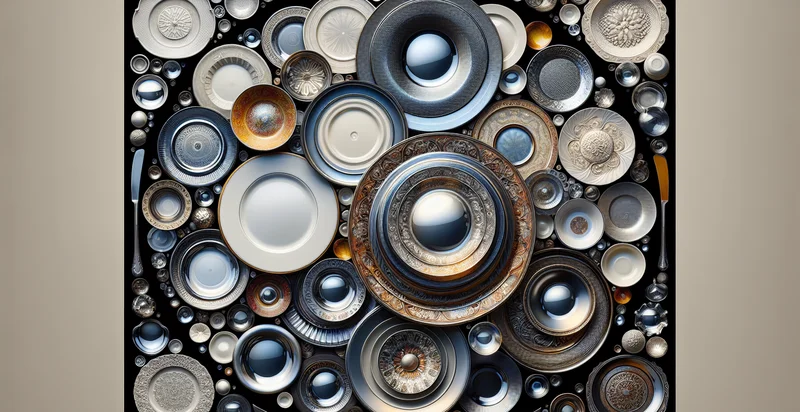Identify what material a rope is made from
using AI
Below is a free classifier to identify what material a rope is made from. Just upload your image, and our AI will predict what material the rope is made from - in just seconds.

Contact us for API access
Or, use Nyckel to build highly-accurate custom classifiers in just minutes. No PhD required.
Get started
import nyckel
credentials = nyckel.Credentials("YOUR_CLIENT_ID", "YOUR_CLIENT_SECRET")
nyckel.invoke("what-material-a-rope-is-made-from", "your_image_url", credentials)
fetch('https://www.nyckel.com/v1/functions/what-material-a-rope-is-made-from/invoke', {
method: 'POST',
headers: {
'Authorization': 'Bearer ' + 'YOUR_BEARER_TOKEN',
'Content-Type': 'application/json',
},
body: JSON.stringify(
{"data": "your_image_url"}
)
})
.then(response => response.json())
.then(data => console.log(data));
curl -X POST \
-H "Content-Type: application/json" \
-H "Authorization: Bearer YOUR_BEARER_TOKEN" \
-d '{"data": "your_image_url"}' \
https://www.nyckel.com/v1/functions/what-material-a-rope-is-made-from/invoke
How this classifier works
To start, upload your image. Our AI tool will then predict what material the rope is made from.
This pretrained image model uses a Nyckel-created dataset and has 21 labels, including Aramid, Bamboo, Canvas, Cotton, Cotton Blend, Fiberglass, Hemp, Jute, Leather and Manila.
We'll also show a confidence score (the higher the number, the more confident the AI model is around what material the rope is made from).
Whether you're just curious or building what material a rope is made from detection into your application, we hope our classifier proves helpful.
Related Classifiers
Need to identify what material a rope is made from at scale?
Get API or Zapier access to this classifier for free. It's perfect for:
- Material Identification for Manufacturing: This function can be used by manufacturers to quickly identify the material of ropes during the quality control process. By ensuring that the correct materials are used, companies can maintain product standards and avoid costly errors in production.
- Outdoor Equipment Retail: Retailers specializing in outdoor equipment can use this classification tool to educate customers about the different types of ropes available. By providing detailed information about the material composition, customers can make informed decisions based on their specific needs, such as strength and weather resistance.
- Recycling and Waste Management: Waste management companies can utilize this function to classify ropes found in recycling streams. By identifying the materials, companies can better sort and process these items, improving recycling rates and reducing contamination in recyclable materials.
- Safety and Compliance in Construction: Construction firms can use this identifier to verify that the ropes used in rigging and safety applications meet required standards. An accurate understanding of the material can help ensure compliance with safety regulations and prevent potential accidents on job sites.
- Marine Industry Applications: Businesses in the marine industry can leverage this function to identify rope materials used in various applications, such as mooring and towing. Proper material identification ensures that ropes are suited for specific marine conditions, enhancing safety and efficiency.
- Sports and Recreation: Companies involved in sports equipment can apply this identifier to ensure that the ropes used in climbing, sailing, or adventure sports are made from appropriate and durable materials. This not only boosts performance but also prioritizes user safety by preventing equipment failures.
- Research and Development in Textiles: R&D teams in textile innovation can utilize the material identification function to analyze existing rope products. This can aid in developing new composite materials or improve existing products by understanding the properties of various rope materials and how they perform under different conditions.


